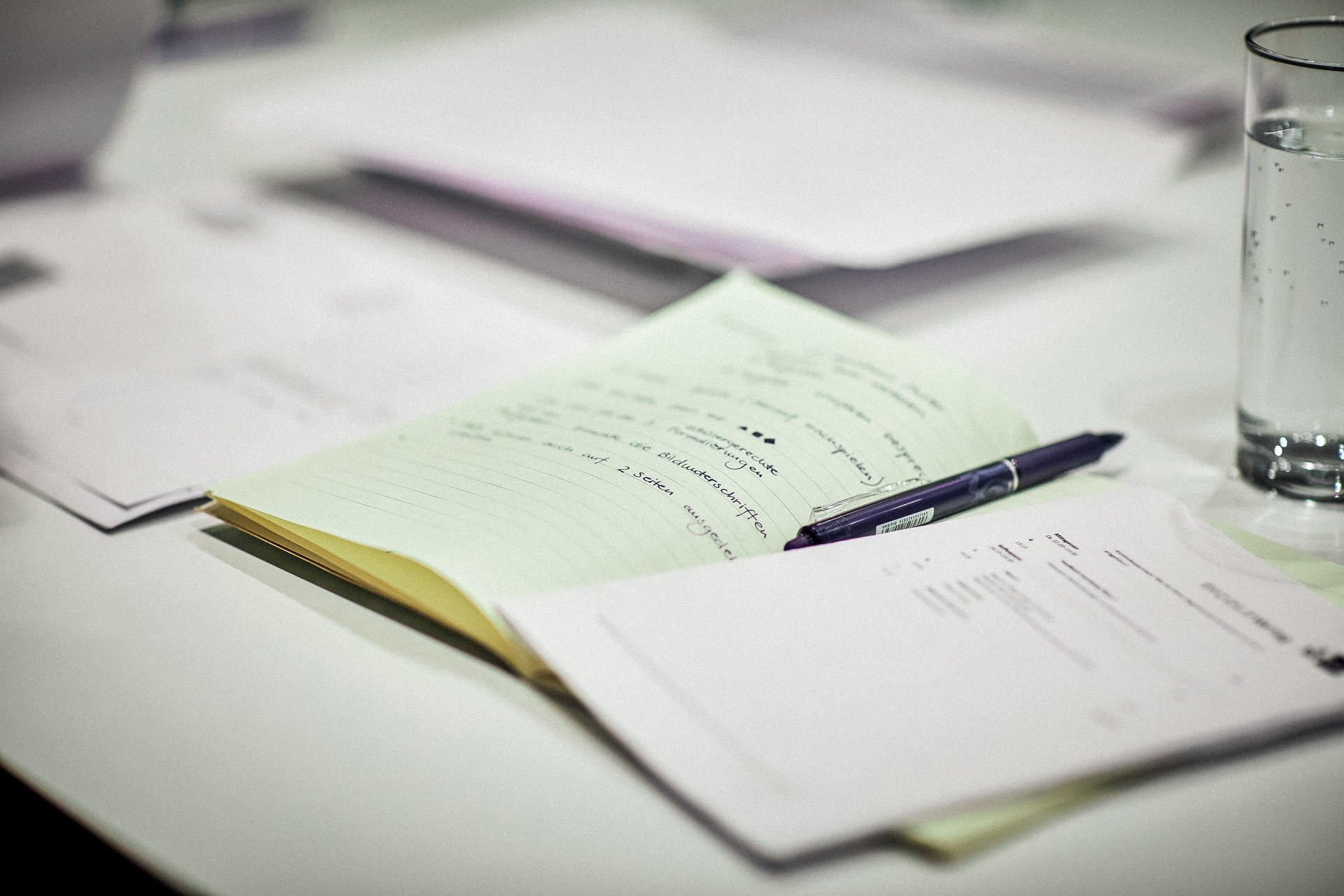3 Fatal Reasons Why You SHOULDN'T Be Taking Notes When Studying

Photo by Corina Rainer on Unsplash
3 reasons:
-
ignoring the opportunity cost when far superior methods are present
-
misaligned actions with goals
-
busywork as useful work.
By “taking notes”, I mean what you do during your own study sessions: creating notes by summarizing from the textbook, highlighting important parts on your notes, and review your notes later by re-reading. I don’t mean taking notes from your teacher or professor during class or lecture, summarizing what being is said.
Highlighting: in some of the literature, it means doing so on the textbook. In this article, I refer to highlighting on your notes.
Summarizing: rewriting from the textbook version to your own simplified version
Rereading: rereading your notes for revision
Literature Review of Note Taking
Let’s refer back to this research paper, Improving Students' Learning With Effective Learning Techniques. From this table, you can see that highlighting, summarization and rereading are rated low in utility.

Taking notes hits the jackpot because it includes three of the most USELESS studying methods: Highlighting, summarization and rereading. Frankly, this is a complete waste of time. You don’t have to take my word for it; see the results of this paper yourself.
1. Opportunity Cost
Many years ago, I was researching how to take better notes. I came across what I considered to be the best note-taking method: Cornell note-taking method. However, I never questioned the validity of the method itself:
Should I be taking notes at all?
Every choice you make has an opportunity cost: the value of the best alternative opportunity you didn’t choose. With this in mind, the question isn’t how to improve your note-taking skills or find better methods. Rather, it’s whether you should be taking notes in the first place.
In this case, when you’re taking notes, the opportunity cost is doing practice questions or reviewing flashcards. You’re abandoning other high-utility study methods like distributed practice and practice testing, or even moderate-utility methods like elaborative interrogation, self-explaining and interleaved practice, for the low-utility studying methods of highlighting, summarizing and rereading. Taking notes is like in front of you, on the left a pile of gold, middle a pile of silver and right a bunch of empty plastic bottles… and you picked the bottles. Clearly this is not worth it.

2. Aiming for the Sun but Shooting for the Moon (Unintentionally)
Here’s the problem with note-taking itself. Why do you take notes? “Because I want to prepare for my exam, to get better grades.” But the reality is, what you do doesn’t help (much, if at all) with your goal. Your goal (better grades) and the actions you take (note-taking and subsequent rereading) are misaligned; taking notes won’t get you better grades.
Say you’re studying for biology and have to understand the anatomy of the heart. You copy from the textbook and draw your own version on the notebook, thinking that it will help you learn. In reality, it doesn’t.
From Learning as a Generative Activity: Eight Learning Strategies that Promote Understanding:
Although drawing is intended to encourage generative processing, learner may have difficulties with the mechanics of drawing that can create extraneous cognitive processing that wastes limited processing capacity without serving the instructional goal.
In this literature, drawing means transforming a block of texts that describes the heart into a graphical representation. If you’re just copying the heart from your textbook to your note, then it’s even worse; it’s next to useless. No matter how realistic or pretty you can draw it, it doesn’t matter. Why? Think about your goal here: you want to be able to recall the names of the chambers (atrium, ventricle) during exam, remember the directions of blood flow, understand the mechanism behind. Instead, you’re wasting time copying and prettifying the heart on your notes. What you want is practice retrieving the answers, not perfecting your drawing skills (for a heart). It doesn’t do anything, except for the sake of drawing and now you now have it on your notes. Besides graphical notes, it’s the same with bullet-point notes. (Please wait for part II for further elaboration)

What Really Works Then?
For conceptual knowledge, you want to learn and read by Incremental Reading; then remember what you read by creating clozed/Q&A items either in Anki or SuperMemo.
For graphical illustrations, use the image occlusion addon in Anki or Image occlusion template in SuperMemo to test yourself today, a few days later, then a few weeks later. After that, you can perform a “Brain Dump”: Without referencing from your textbook, draw the heart purely from memory. This is dramatically different from copying it from textbook onto your notebook.

3. Cognitive Bias: Busywork as Useful Work
Busywork can feel like hard work, but it doesn’t mean valuable or useful work. Multi-tasking is the perfect example: switching back and forth between tasks will make you feel busy and productive. Except it doesn’t and not much (high-quality) work will get done. This is the same with taking notes.
This one is particularly malicious and hard to overcome because it gives you a false sense of accomplishment and progress. After an hour of note-taking, seeing the fruit of your labor (pages after pages of pretty notes) in front of you feels good, productive and hard-work. You think “I’ve studied” or “I’ve gone through the materials” but this is entirely misguided by your false Judgment of Learning.
Using a highlight pen to color your notes is busywork, writing bullet-points is (largely) busywork, rereading your notes is busywork. Transcribing bullet-points and having highlighted notes are not valid indicators of effective studying. Studying ≠ Busywork; Getting stuff done ≠ getting the RIGHT stuff done.

Solution?
Just stop taking notes and get started with Anki or SuperMemo already. Consult the table above, choose high-utility methods like distributed practice, practice testing, or moderate-utility methods like elaborative interrogation, self-explaining and interleaved practice. Check out my other posts for content about Anki or SuperMemo.
